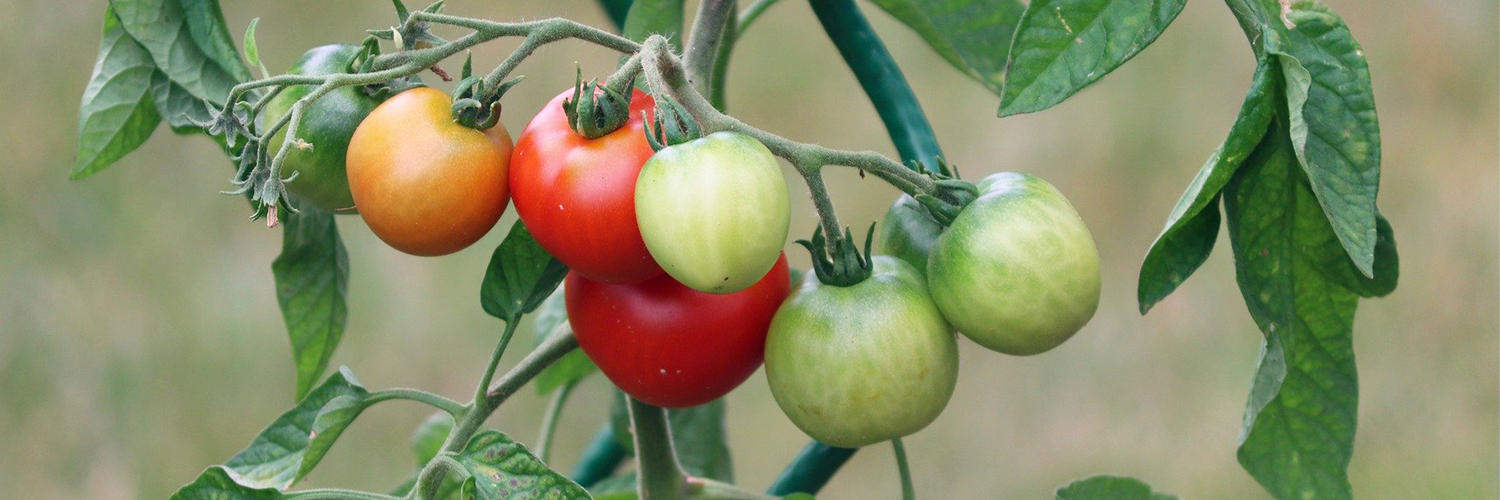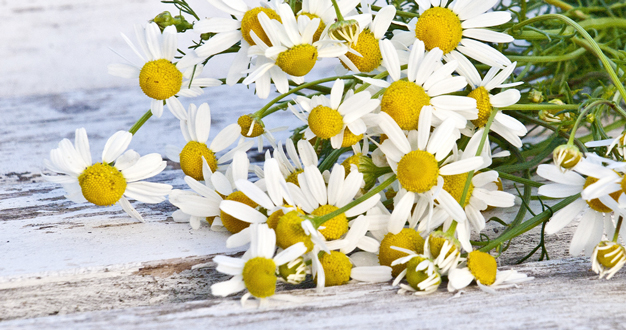
Summer brings the rich, tangy flavor of homegrown tomatoes to the table, and now is the time to relish this wonderful harvest. Enjoying your tomatoes begins with good gardening practices that lead to a healthy crop. And once you’ve eaten your fill, you can preserve the extras for winter recipes, save seeds for future gardens, and share some of your bounty with others. Here, we offer our best tips for a healthy tomato crop and offer ideas to make the most of your summer tomatoes.
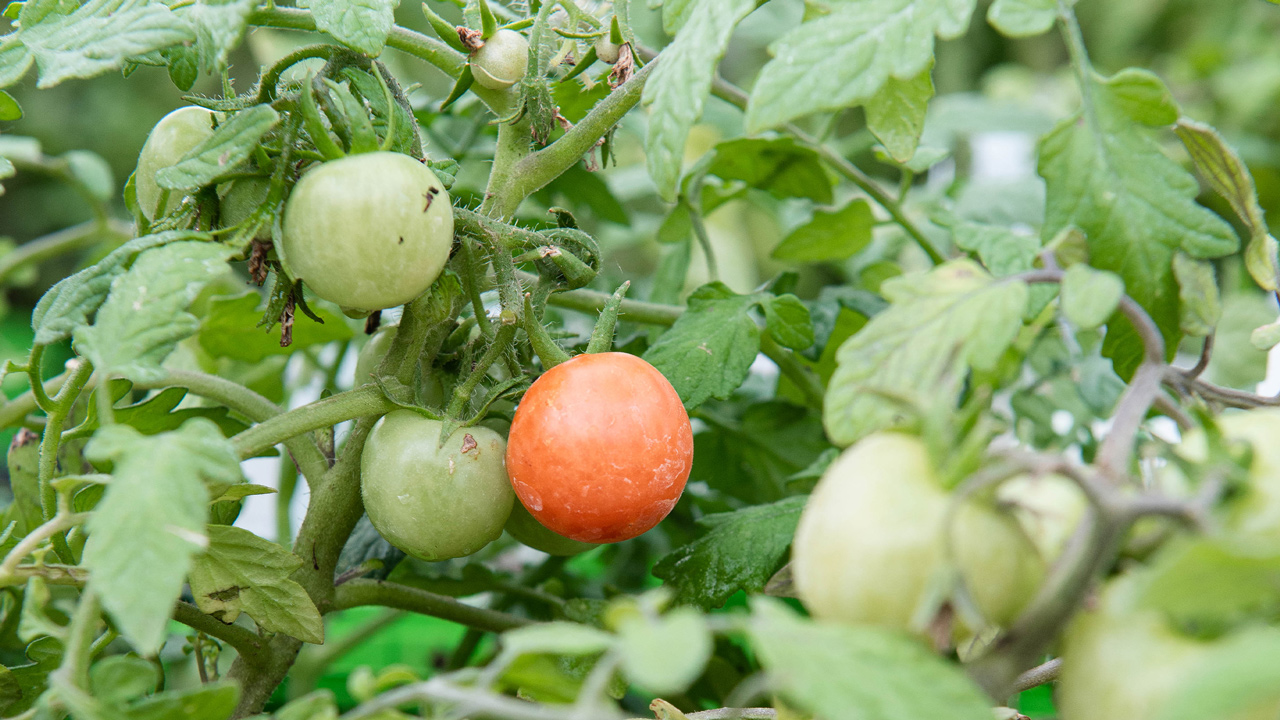
Support a Healthy Harvest
Tomatoes love summertime, but as the season progresses, a few issues may come up. Excessive heat and humidity can stress tomato plants and make them susceptible to invasions by insect pests or pathogens, so extra care in late summer will help keep your tomato crop on track.
The best approach is to make sure your tomatoes have everything they need to thrive – especially lots of sun and consistent water. Sunshine fuels healthy growth and fruit development, but excessive heat does not. So, keep your tomatoes in a sunny location but expect fruit set and ripening to slow down when temperatures get above 90 degrees. Keep the soil consistently moist but not soggy so the plant stays hydrated but the roots can breathe.
Consistent watering also helps ward off a bacterial issue called blossom end rot, which appears as dark patches on the ends of your tomatoes. Blossom end rot can be caused by a calcium deficiency, but it’s most often kicked off by wide fluctuations in soil moisture. To combat blossom end rot, remove all the affected tomatoes and maintain consistent soil moisture, especially if your tomatoes are growing in pots.
White fly is a common pest you might notice in the summer. These tiny flying insects suck juices from the foliage and scatter like white confetti when you touch the plant. A regular blast of water from the hose – especially the undersides of the leaves – is a great way to discourage them, but if they’re persistent, you may want to apply an environmentally safe pesticide like an insecticidal soap to keep them away.

Hornworm is another common pest of tomatoes, and just one of these large green caterpillars can quickly defoliate a tomato plant. Regularly inspect your plants for signs of damage, and if you spot a hornworm, simply pick it off and drop it in a bucket of soapy water. If you notice a hornworm that’s covered in tiny white cocoons, leave it be or move it to a safe location – the tiny beneficial wasps inside are about to emerge and look for other hornworms to help control. Because hornworms are so large and easy to remove by hand, pesticides are not usually necessary. If you choose to use one, look for an environmentally supportive product like Bt or insecticidal soap.
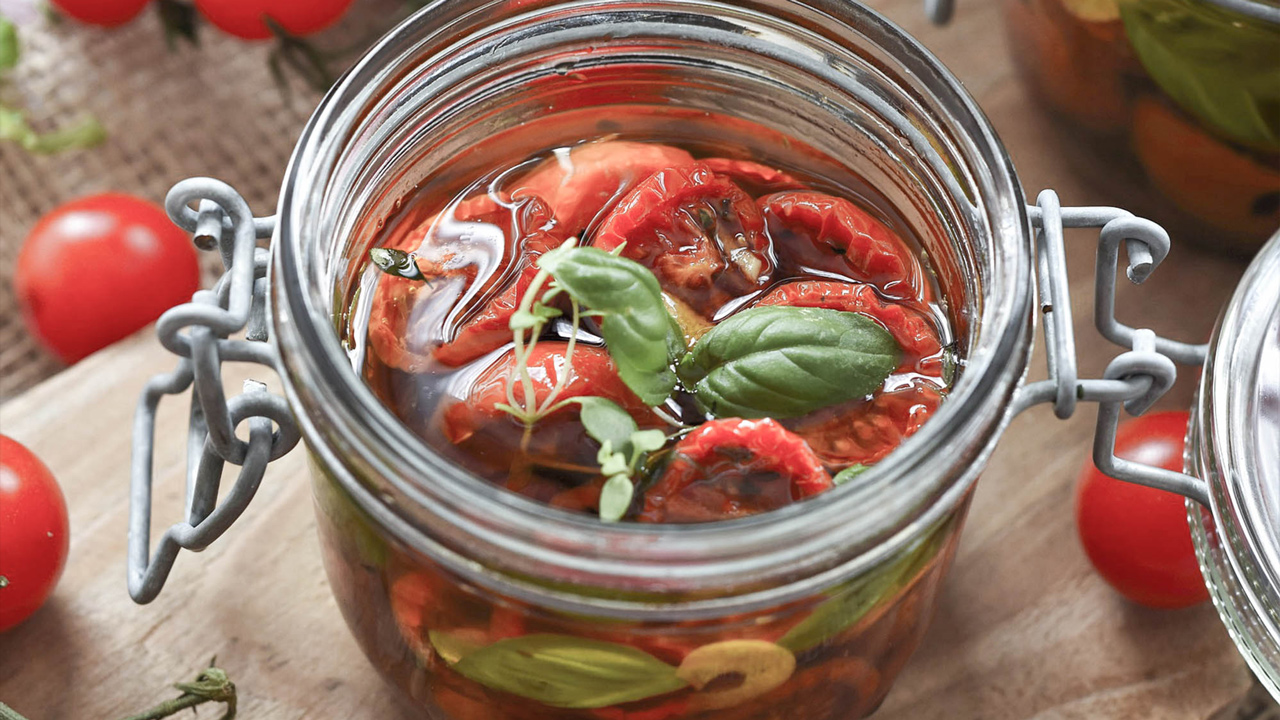
Preserve Now – Enjoy Later
Even a dedicated tomato fanatic can only eat so many fresh salsas and salads before the ripe tomatoes begin to stack up. Preserving your excess tomatoes at their peak ensures you won’t let any of that beautiful fruit go to waste. Tomatoes can be canned whole, chopped, or as a puree. They can be stored frozen, whole or chopped too. Or you can dry tomatoes in the oven, in a food dehydrator, or in the sun. You can even cook down chopped tomatoes into a flavorful concentrated paste to use later in sauces and soups.
Save Seeds for Next Year
A money-saving way to prepare for next year’s tomato harvest is to save seeds from your favorite varieties now. Saving tomato seeds is easy, but it requires an extra step beyond just drying out the seeds. The gelatinous material around the seeds contains a growth inhibitor that must be removed, and this requires a fermentation process to make it happen. To start, scoop the seeds and juice from your tomatoes into a glass jar, cover it, and place it in a dark place. A moldy layer will form on top of the juice – don’t be alarmed, it’s a natural part of the process – and the seeds will sink to the bottom. After a few days, remove the moldy layer, add more water, and stir to further dislodge the seeds from the rest of the material. Strain off the liquid and spread the seeds on a fine mesh screen or a paper plate, separating and clumps. Leave them until they’re completely dry. Then store your seeds in a covered jar or zip-closure bag.
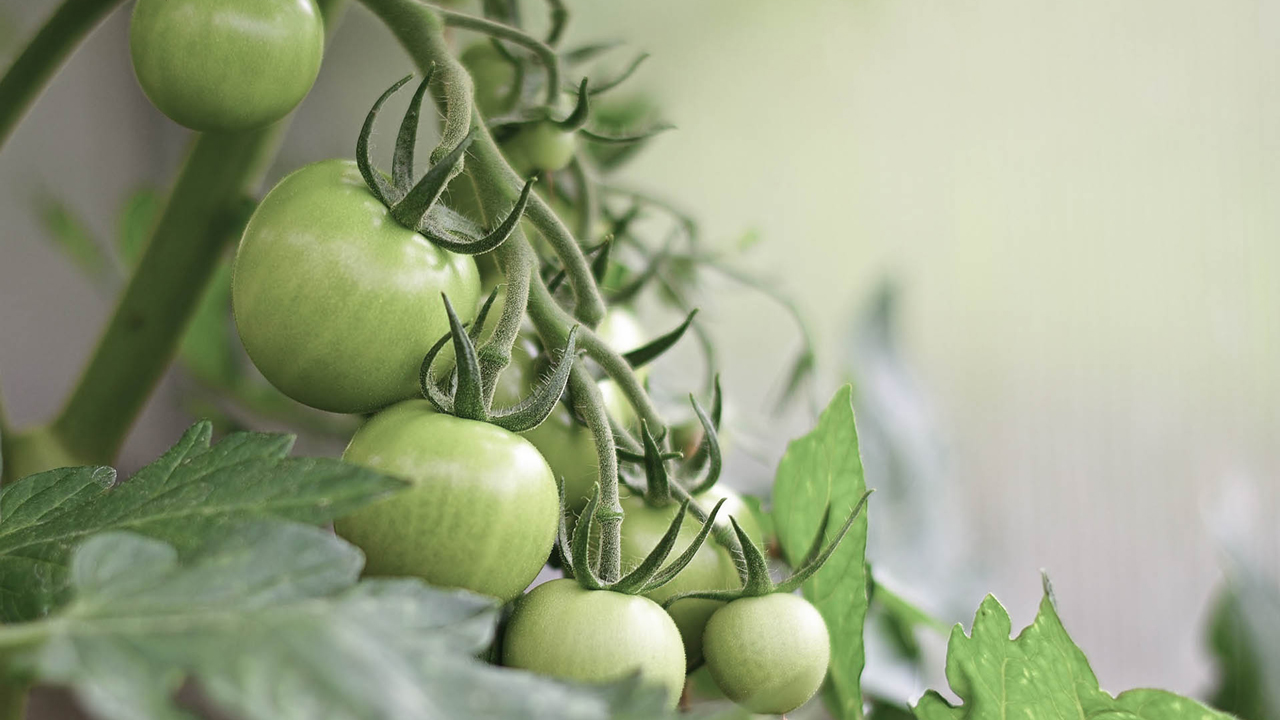
Save Those Green Tomatoes
In a few months, when the season is about to end in a frost, you may have a few green tomatoes still hanging on the plant. To save these last beauties from ruin by a freeze, pick them when they’re green, wrap them in newspaper, and place them in a dark place. This will help your tomatoes ripen perfectly from the inside out – unlike on the windowsill where they might get red on the outside but never ripen in the center. Or you could find a great recipe for fried green tomatoes.
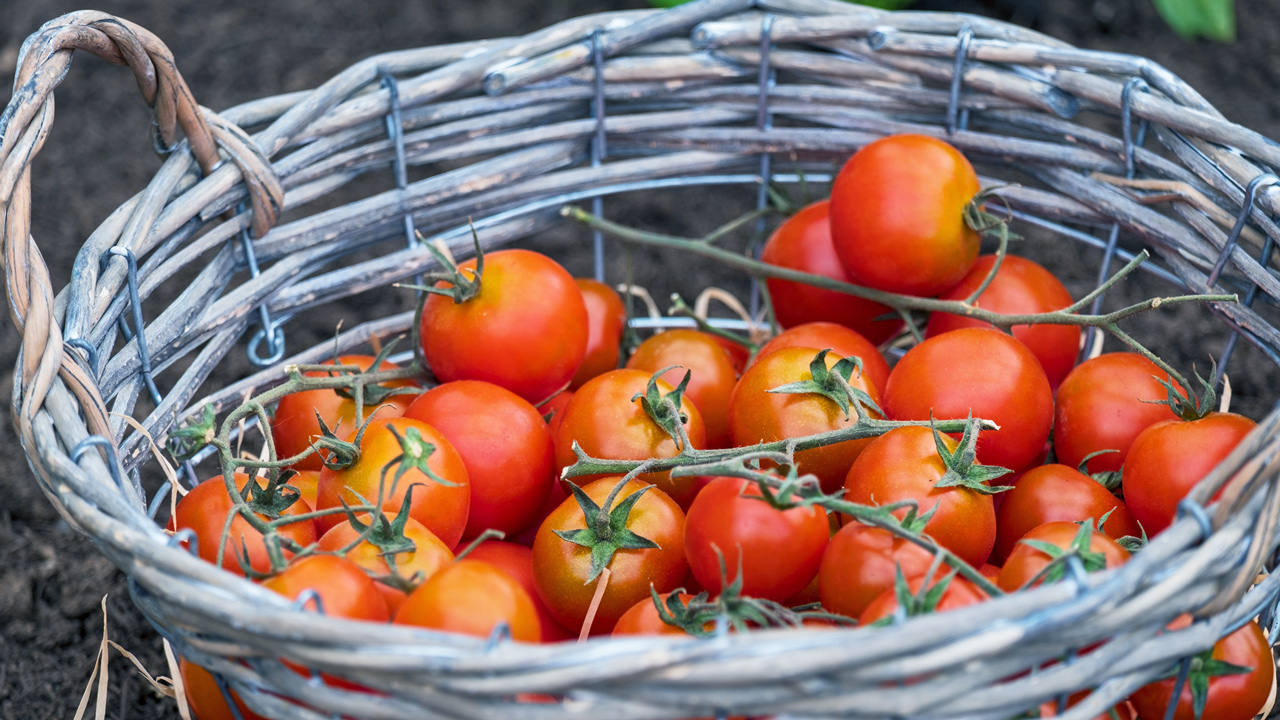
Share with the Community
Another way to extend the goodness of your tomato harvest is to share the extras with others. Your neighbors, friends, and family will certainly enjoy a homegrown gift from your garden.
Or you might consider donating some of your surplus produce. Food security is an issue that has become even more pressing in recent months, and local food banks are working hard to meet a dramatic increase in need across our community. To join in meeting this challenge, we’re collaborating with Whispering Roots this summer to collect donations of fresh produce every Thursday from 11am to 2pm. We hope you’ll consider joining the effort.
Savor Every Tomato
Tomatoes are the best, and we’re always eager to keep their delicious contribution going as long as possible. If you have questions about your tomato garden, stop by the Greenhouse and ask one of the team. Our own tomatoes are growing too, and we’re excited to share that summertime joy with you.

